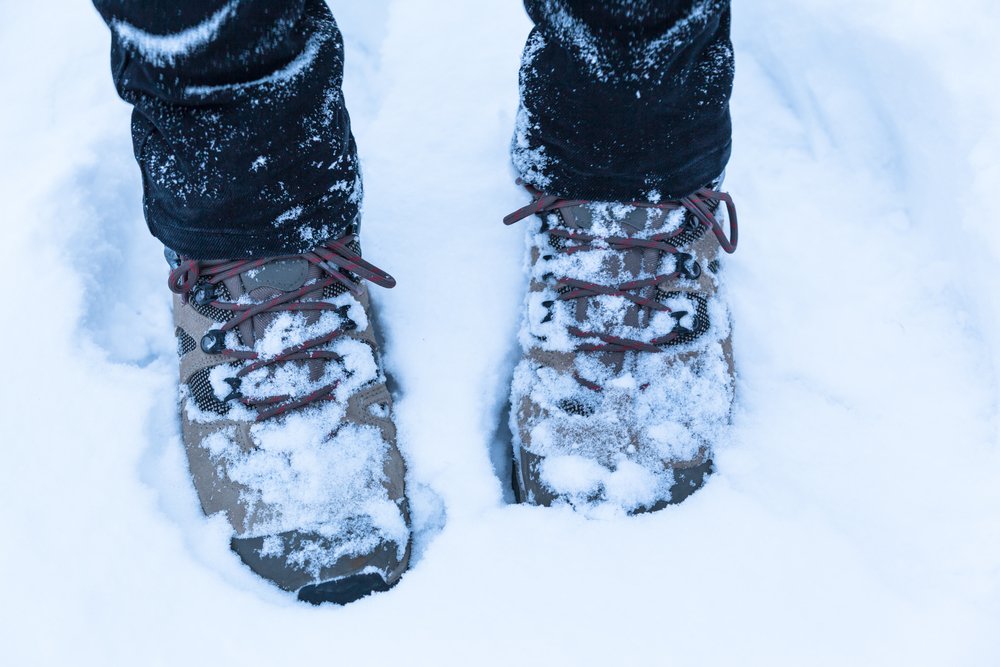Watch Out For These Winter Foot Conditions
Cold weather is already here and while there are many things you can do to protect your feet, like wearing the proper footgear, you need to watch out for these winter foot conditions. Don’t be caught off guard with a foot problem that could leave you off your feet for a few days or longer. Here are a few conditions to be on the lookout for:
Chilblains
A chilblain is a common problem for people with diabetes or circulatory issues. It occurs when your feet get too cold and then are warmed up too quickly. The cold air constricts the small blood vessels in the skin. If the skin gets hot too quickly, the blood vessels cannot react in time. Blood then leaks into the tissue resulting in a red, itchy, swollen area. If aggravated this area can turn into ulcers or an infection can develop as the skin dries and cracks. Chilblains are often found on toes and bunions or calluses. You can avoid chilblains by keeping your feet warm and allowing your feet to warm slowly when they’re cold. If you believe you have Chilblains an anti-itch lotion will help. If you have poor circulation you should see your podiatrist for more help.
Raynaud’s Phenomenon
You foot’s extremities are subject to poor circulation and lack of blood supply and oxygen. This winter foot condition presents with pain, blistering and discoloration. It occurs when the temperature of the foot goes from cold to warm too quickly. Chilblains are often present at the same time. If you will be spending extended periods outside this winter make sure you keep your feet covered and be aware of changes in the look or feel of your skin. Smoking and caffeine can also affect your circulation and blood vessels.
Subungual Hematoma – Blood Under The Toenail
A black toenail could be an indication you have blood under your nail. This is sometimes referred to as Skier’s Toe because it is caused a by tight fitting shoes (especially ski boots). It can also occur after a foot trauma. The pressure of the blood under the nail can be quite painful. Contact your podiatrist who can relieve the pressure under the nail. To avoid this, make sure your winter footgear fits properly. Always leave plenty of room around your toe box and wear tight fitting socks.
Morton’s Neuroma
Like a hematoma, Morton’s Neuromas are caused by too-tight footwear. They are caused when your shoes squeeze the tissues and bones against nerves in your foot. This results in a pinched nerve that causes burning, numbness and tingling. This can cause a sensation on the toes or other areas of the foot. As you get older your feet tend to get wider. Your podiatrist can suggest the right footwear and proper treatment for inflammation that will prevent permanent nerve damage.
Watch Out For These Winter Foot Conditions
Wearing the right footwear and keeping your feet clean and dry will help prevent these and other winter foot conditions. Serious damage and nerve damage can result from wearing the wrong size shoe. Have your shoe size checked each winter and be sure to wear the right fitting shoes for winter activities like skiing and ice-skating. If you will be in cold weather make sure your feet are protected from the cold and allow them to warm up slowly. If you have problems with your feet or a worsening winter foot condition, see your podiatrist at Crown Foot and Ankle. We have two locations in Lexington and Danville, Kentucky.

